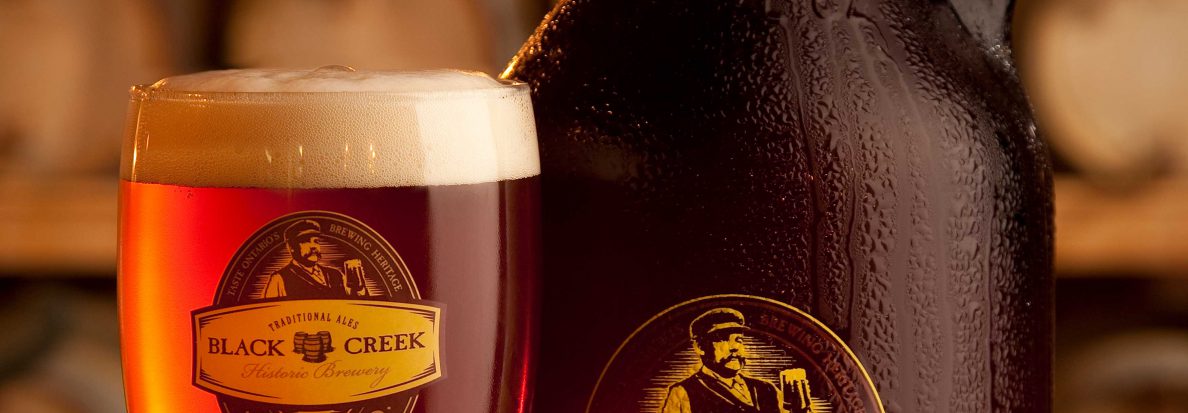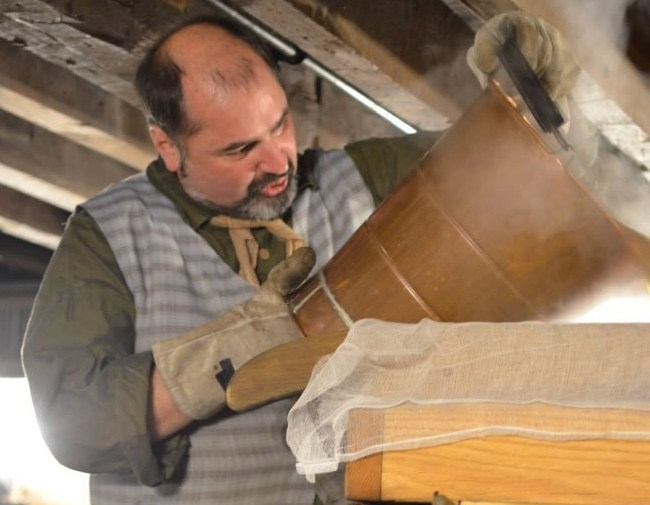If you have forayed into the world of beer, you know there is a food pairing for any beer. IPAs go well with fried or spicy foods, stouts go well with desserts, and pilsners go well with fish. However, you can also take it to the next level… with choosing a food or condiment made with beer.
You can pre-purchase a lot of these choices, or make them yourself at home with your favorite beer. I have personally cooked with our Black Creek beer, and the results were amazing!

Beer Jelly
Beer Jelly is exactly what you would expect – a jelly with beer as the main ingredient. It’s great for cheese boards, breads, or a glaze on meat. Beer jelly is great because you get the essence of the beer and its taste without the bitterness of the hops. We have beer jelly available in a range of flavors in our gift shop, including pilsner, IPA, and wheat beer. If you’re feeling adventurous, Men’s Journal outlines a recipe for stout beer jelly that is very achievable for a home cook.
Beer Bread
Our previous beer blogger Katie explored the relationship between beer and bread in a previous post. Beer and bread have very similar ingredients – besides flour and hops, it is almost identical. Adding beer to your bread gives it an extra dimension of flavor, and makes for a very hearty and moist loaf. Katie made a ginger beer bread using our historic ginger beer, and you can find the recipe here.
Beer Stew
You may have heard of using wine in savory cooking, but beer is also a great option. Dark beers such as stouts pair well with red meat and savory ingredients in a hearty stew. It’s a little hot for stew at the moment, but this is a good recipe to save for those cold winter months. Ricardo Cuisine has a great recipe for a beer stew using Guinness, but I think this recipe would be heightened by substituting it with Black Creek historic stout!
Beer Cake
Now this one sounds a bit odd, but it is really delicious. Remember how beer in bread makes it moist and hearty? Think of what it could do for cake! Plus, the bitterness of beer cuts through the sugary and sometimes overly sweet taste of cake, creating a more complex and interesting flavor. The Food Network has a range of beer cake recipes using beers like pilsner, stout, and even IPA!
If you try any of these recipes be sure to let us know! They all look great, and seem like a great way to finish off that growler!




 Crokinole – Crokinole is a perfect choice as a taproom game, as it was thought to be invented in Ontario in 1876. Crokinole was a popular parlour game in the Victorian times, and is still played today. The game is similar to the idea of curling, with players sliding their pieces into the areas that get the most points.
Crokinole – Crokinole is a perfect choice as a taproom game, as it was thought to be invented in Ontario in 1876. Crokinole was a popular parlour game in the Victorian times, and is still played today. The game is similar to the idea of curling, with players sliding their pieces into the areas that get the most points. Historic Glassware – So not all of this glassware is historic (definitely not the clear, modern looking glasses there) but check out those historic glass bottles! According to the
Historic Glassware – So not all of this glassware is historic (definitely not the clear, modern looking glasses there) but check out those historic glass bottles! According to the 








